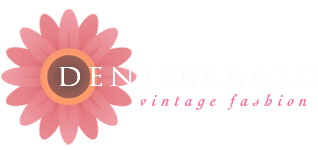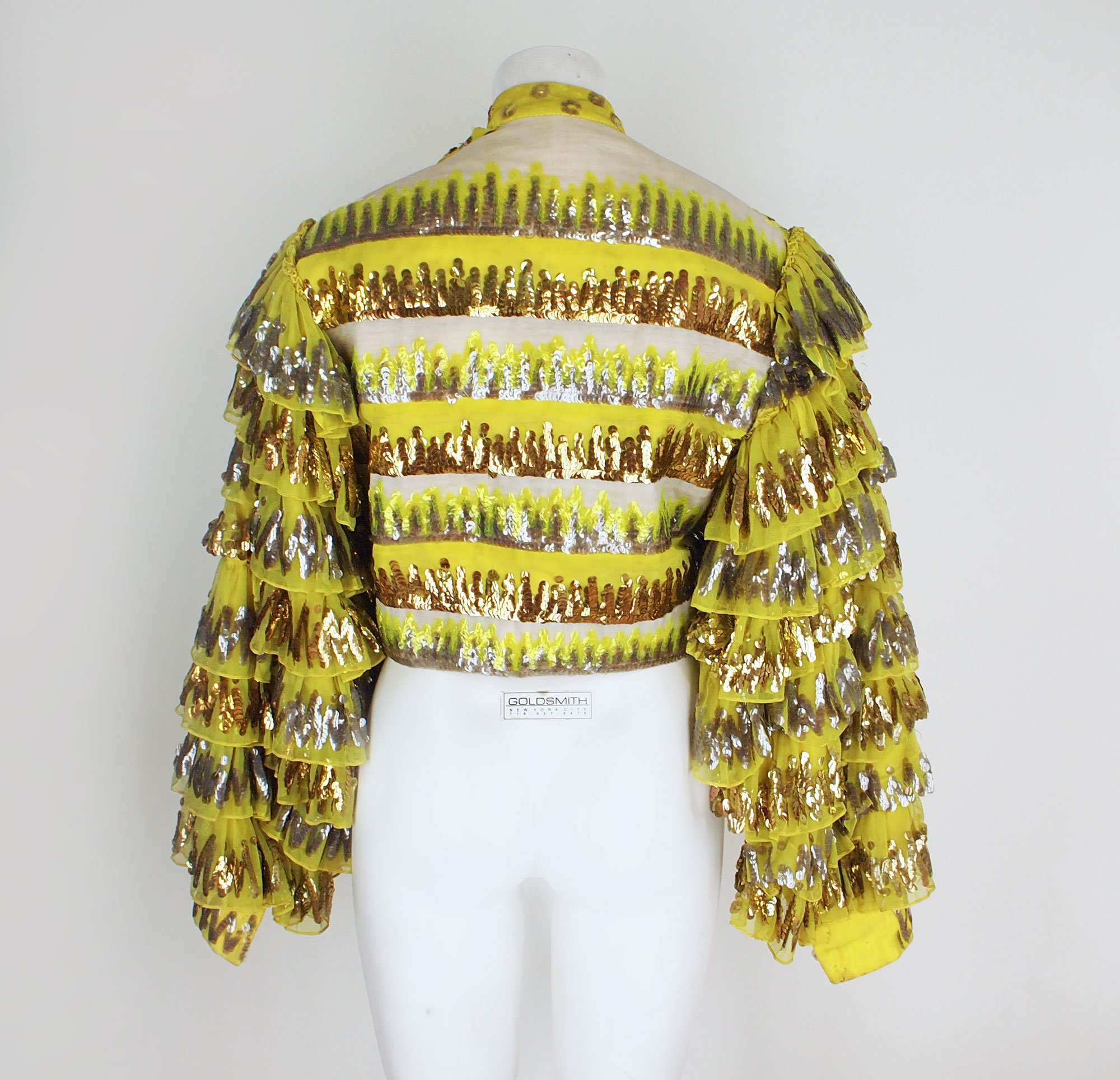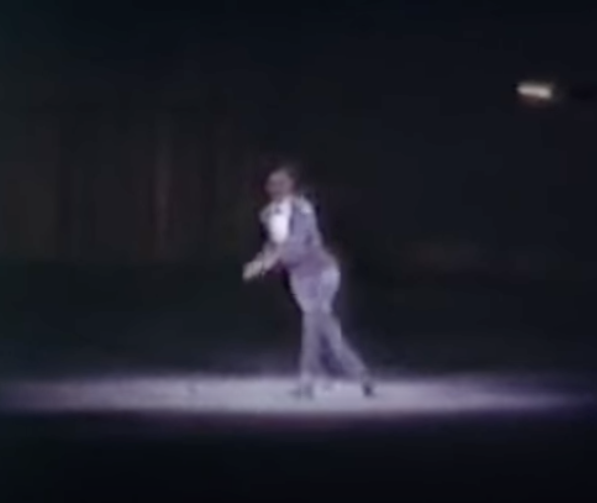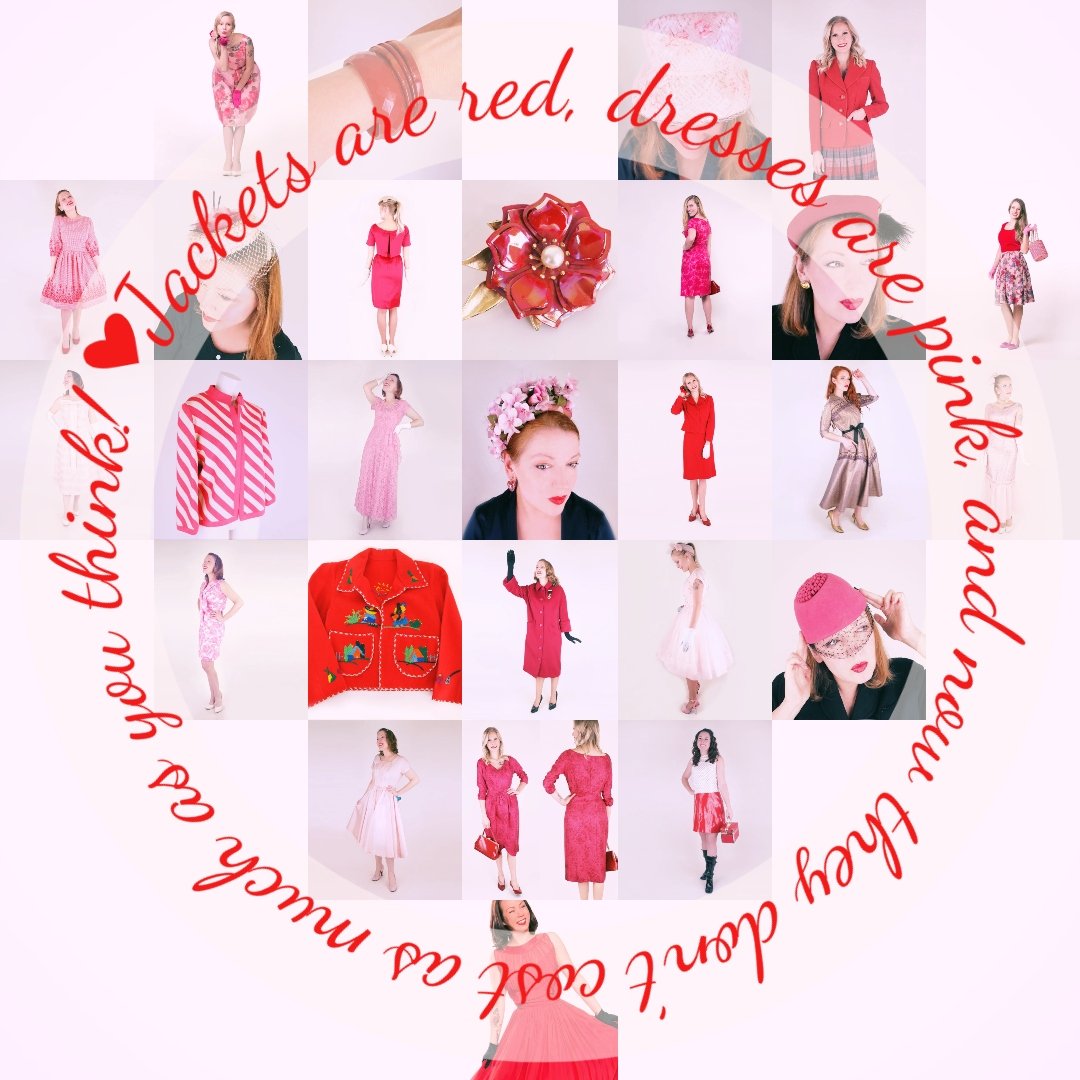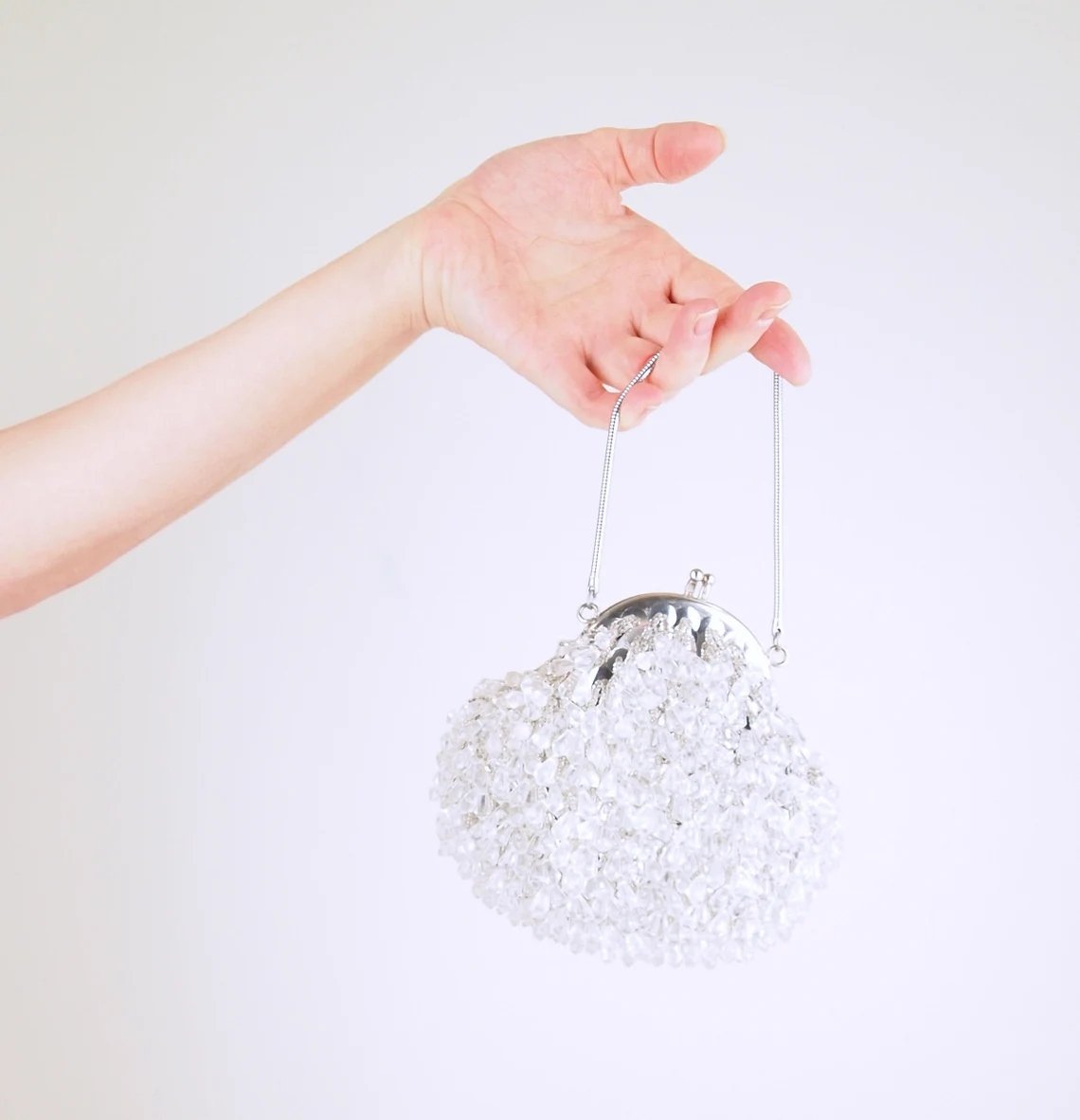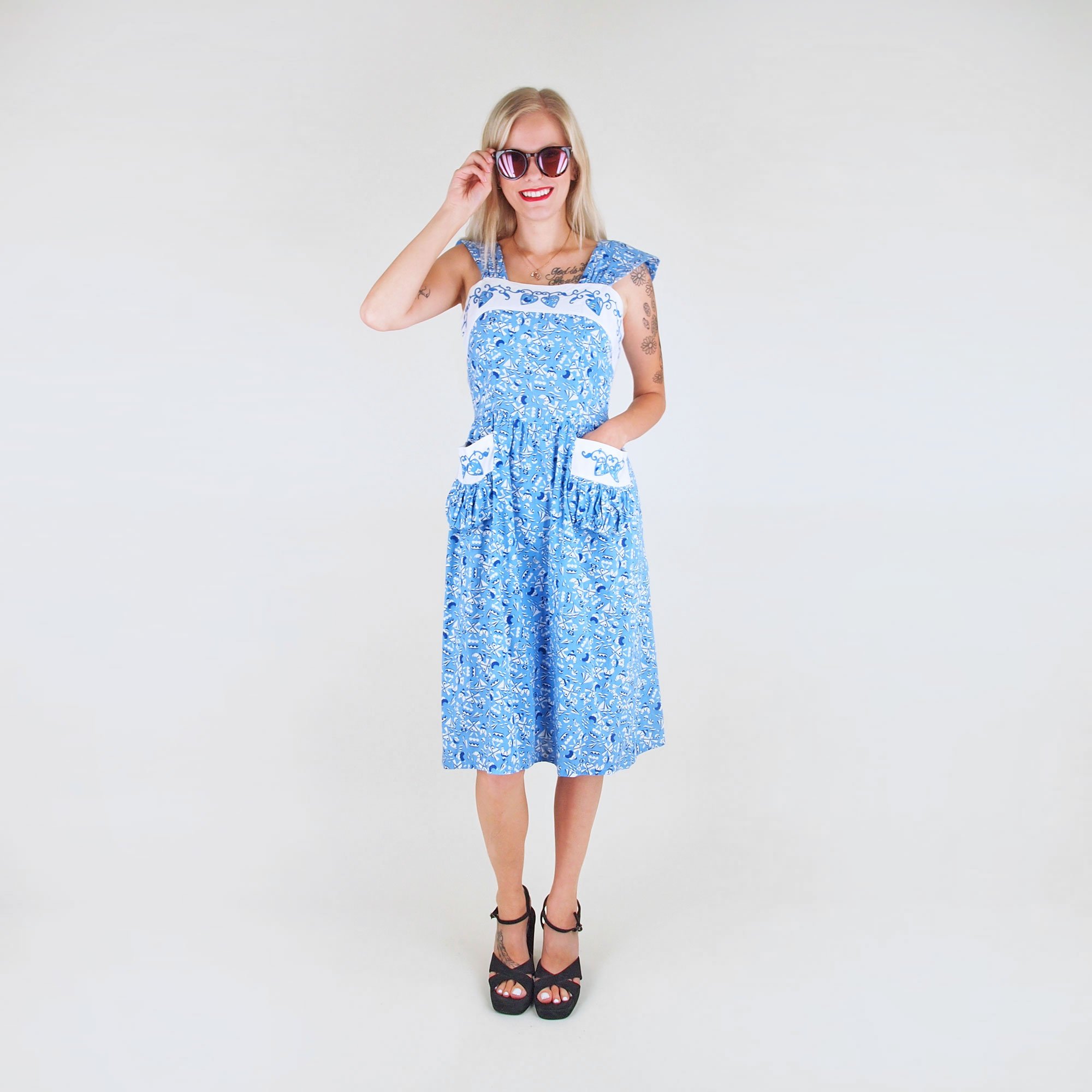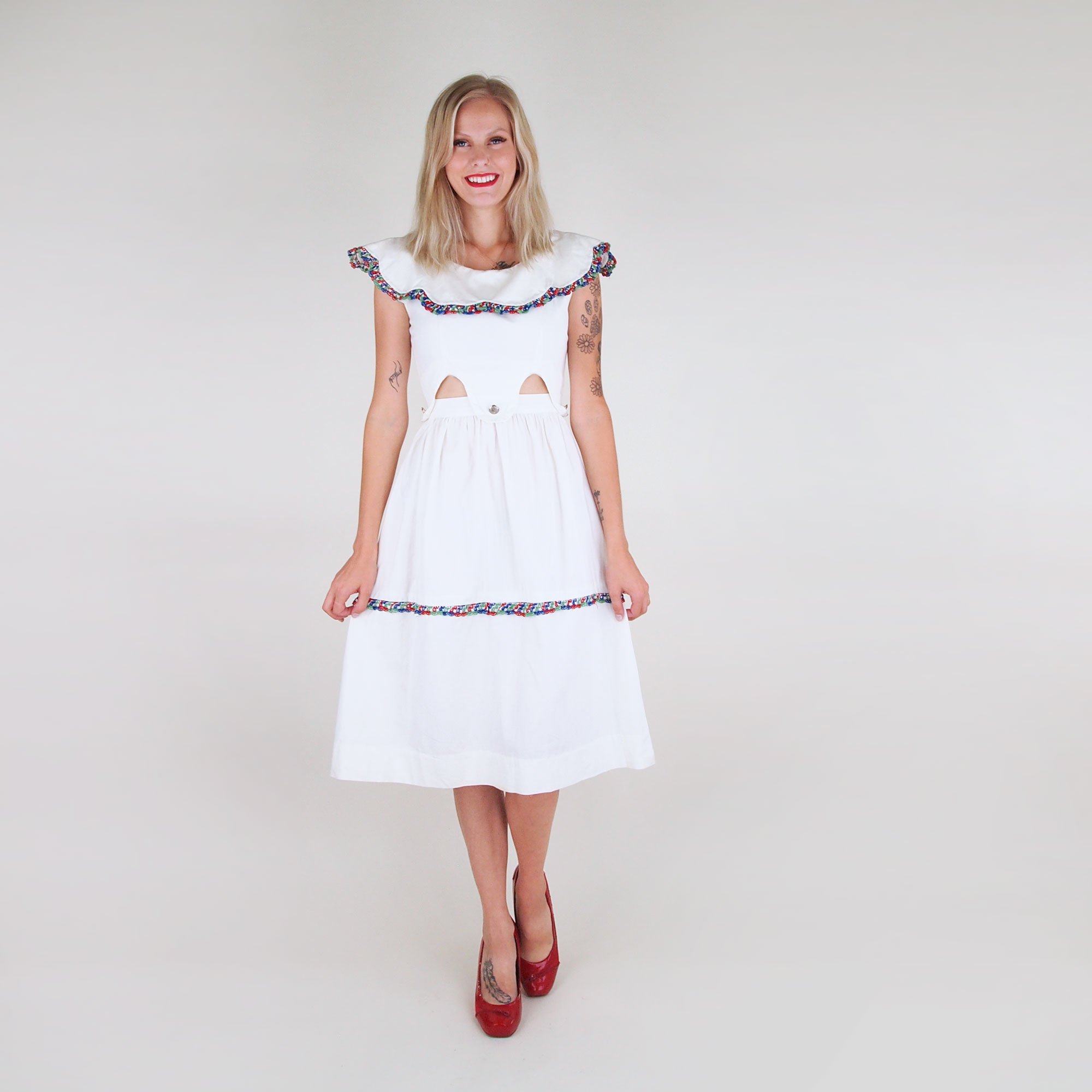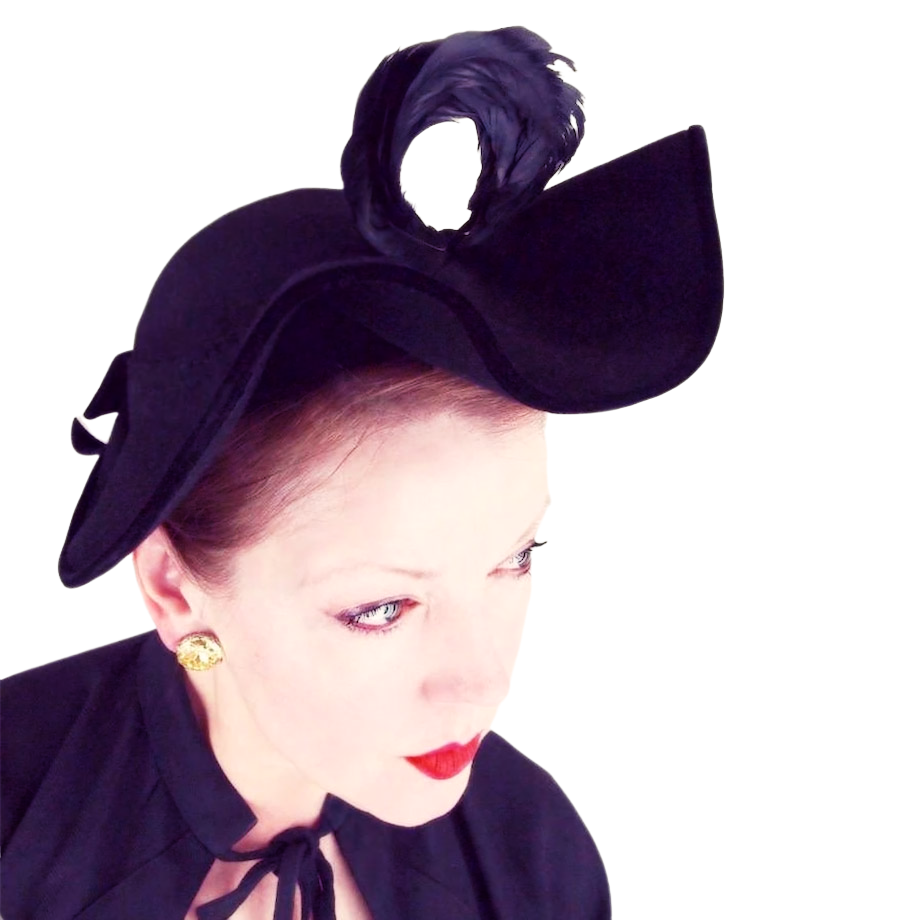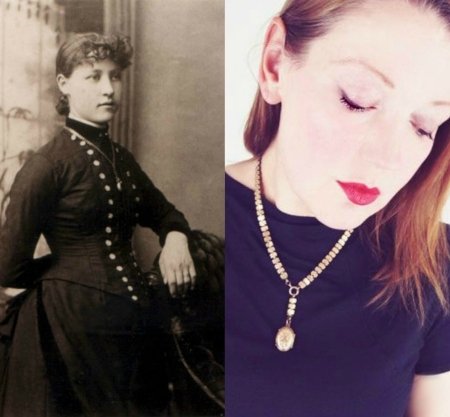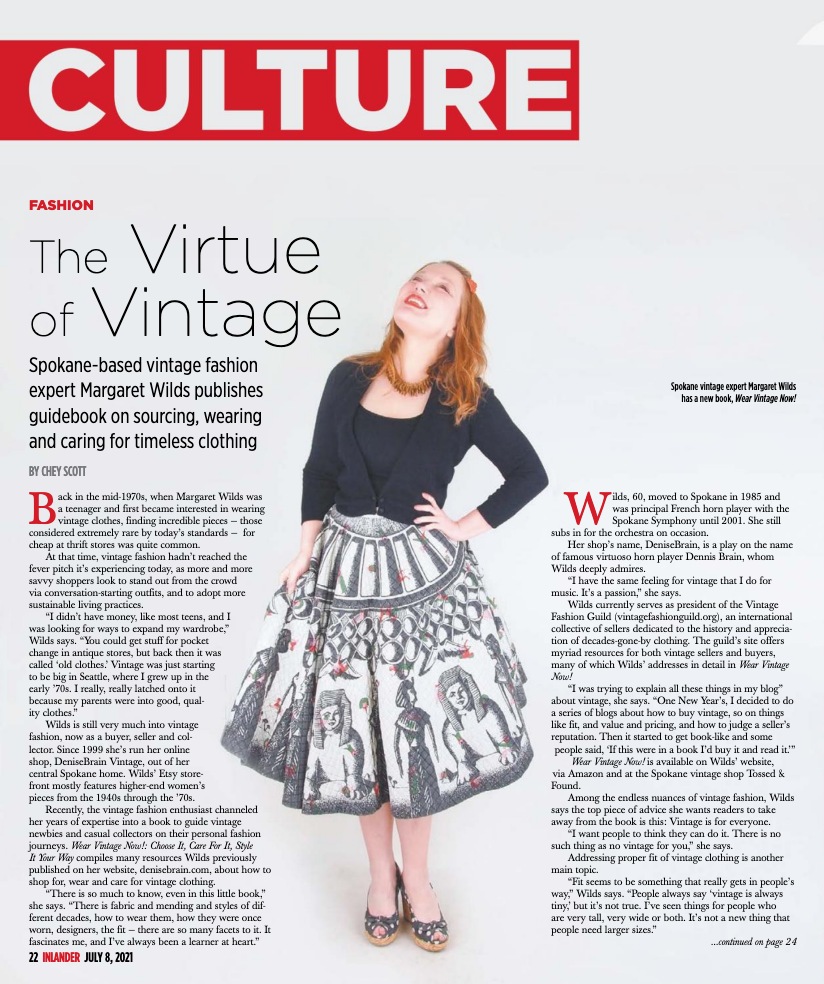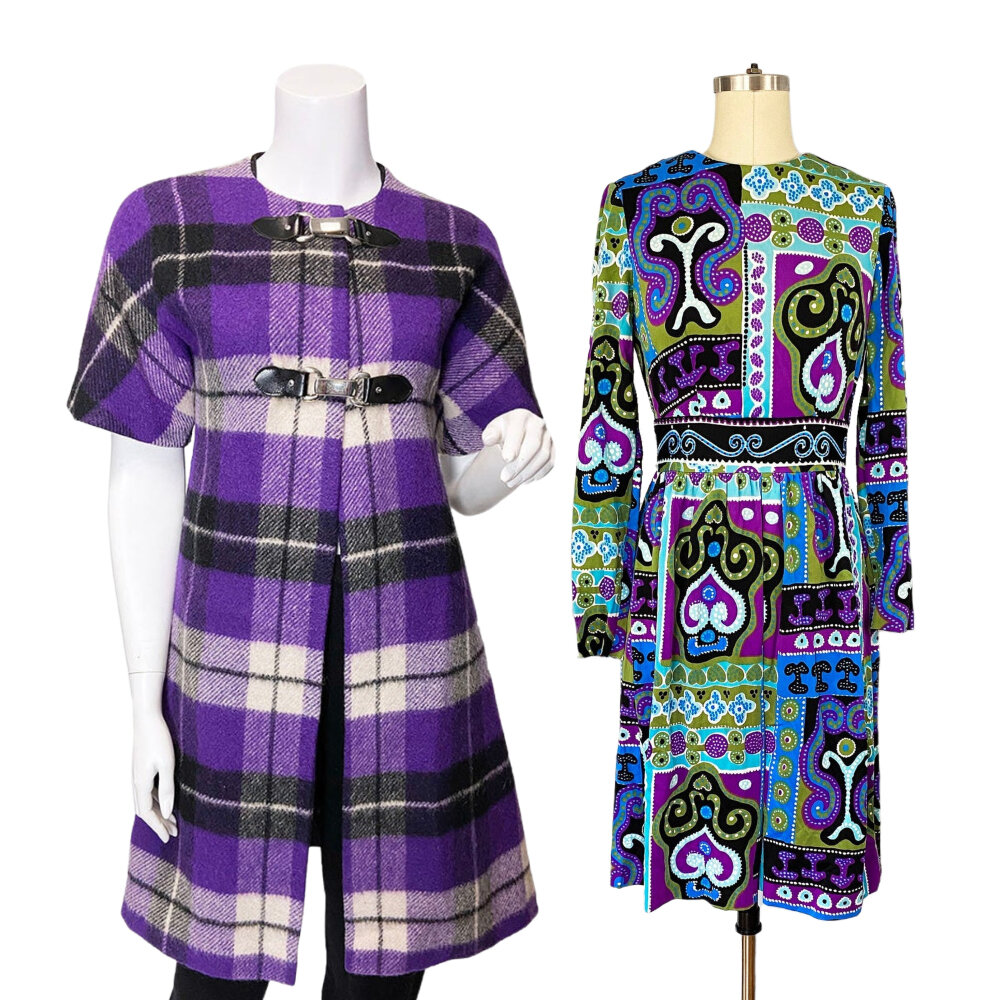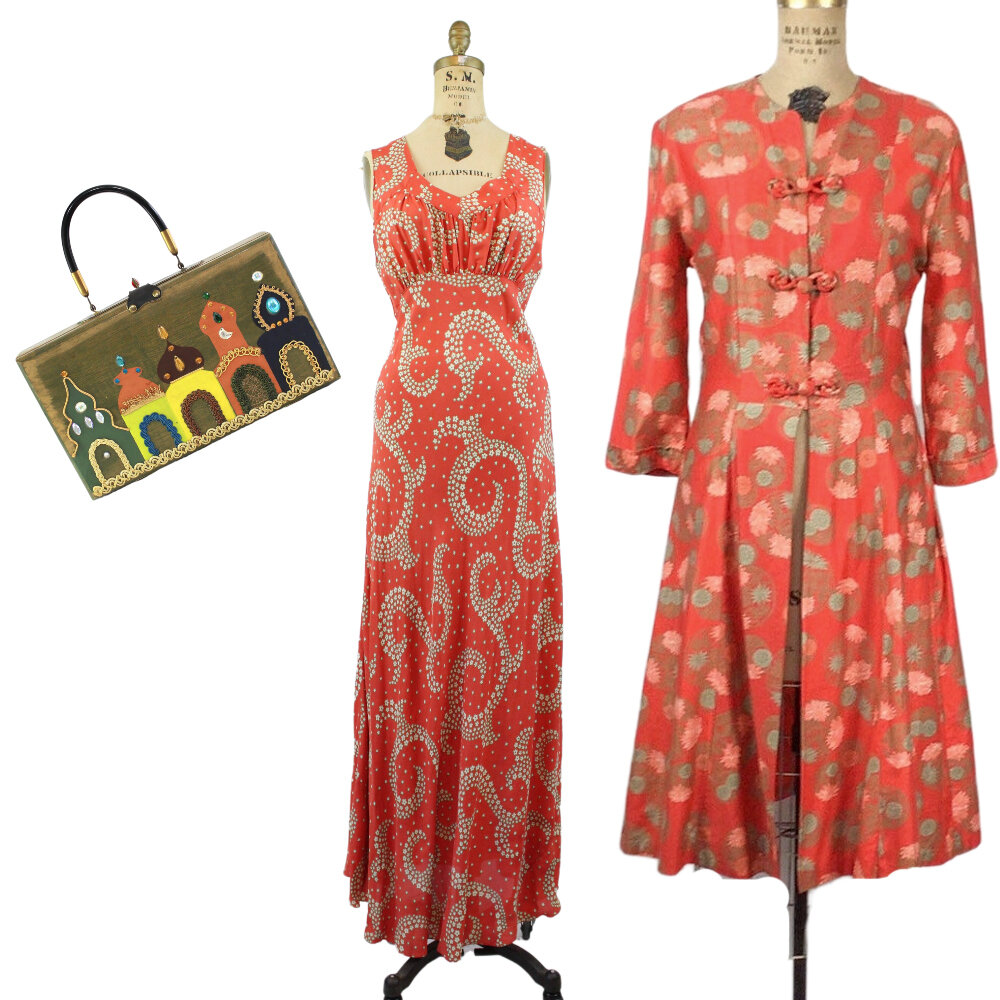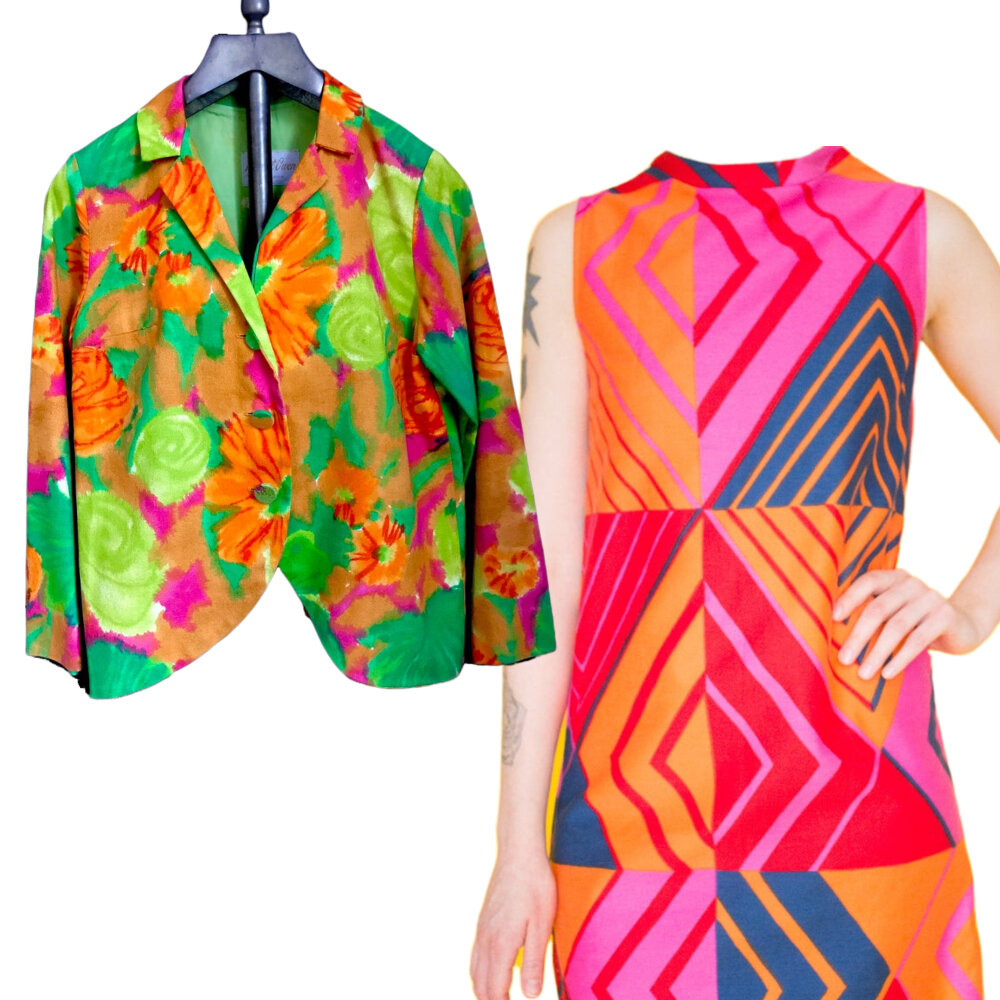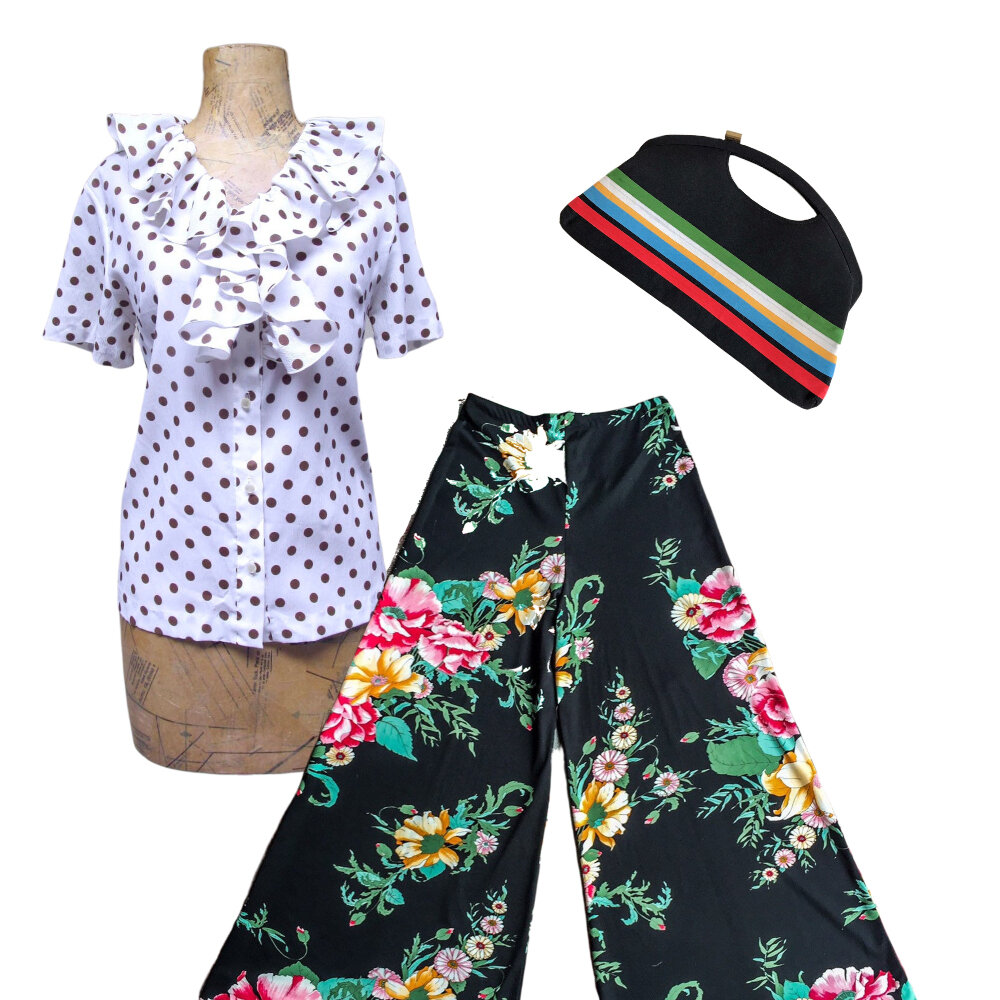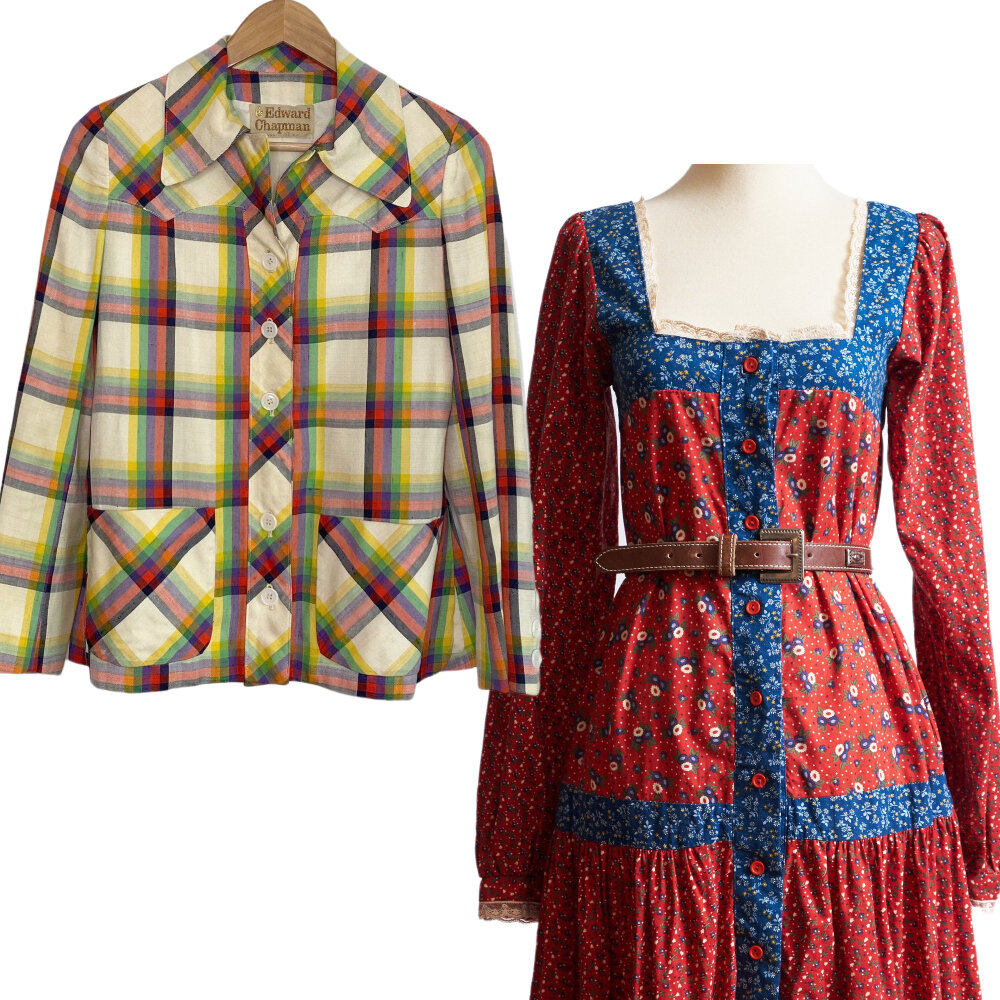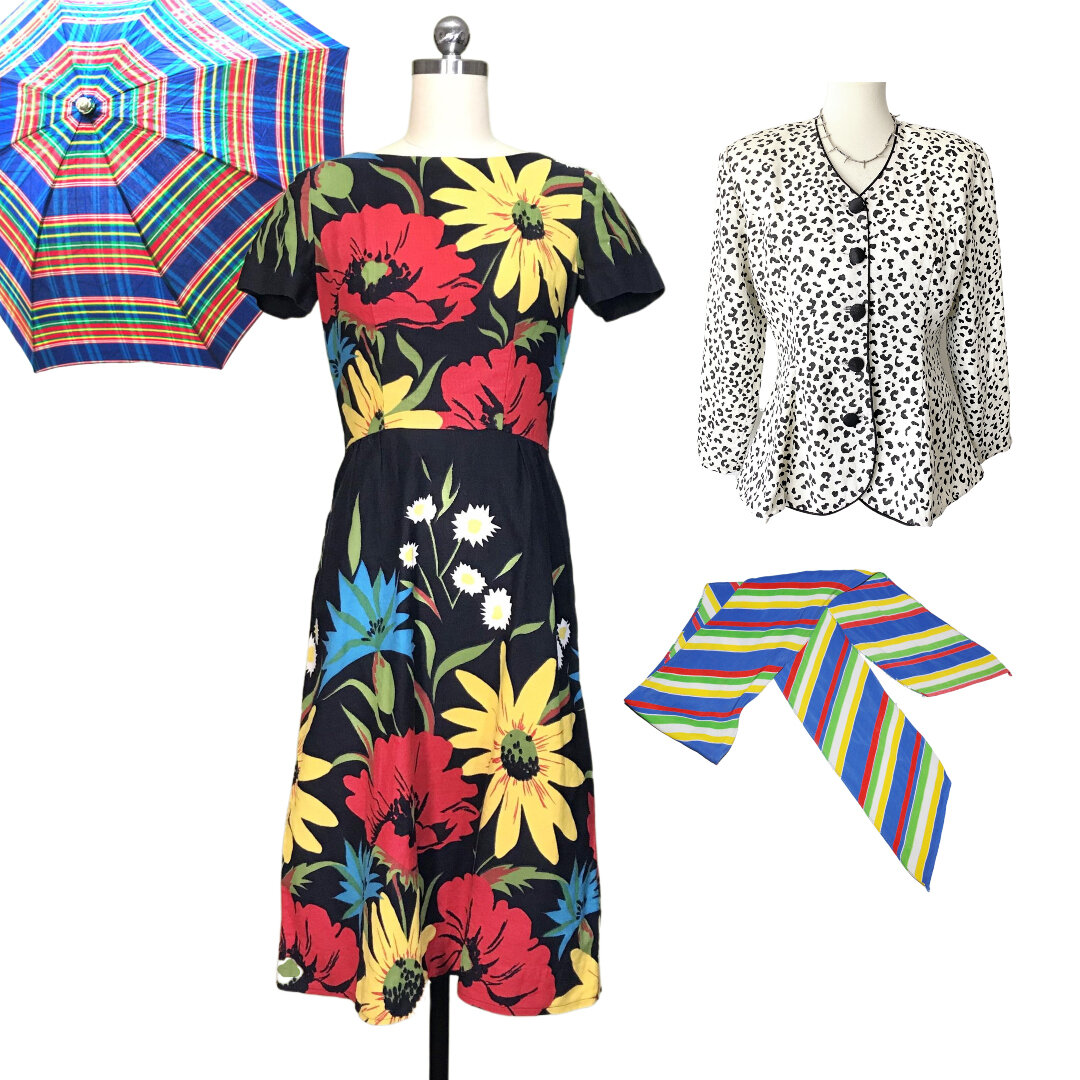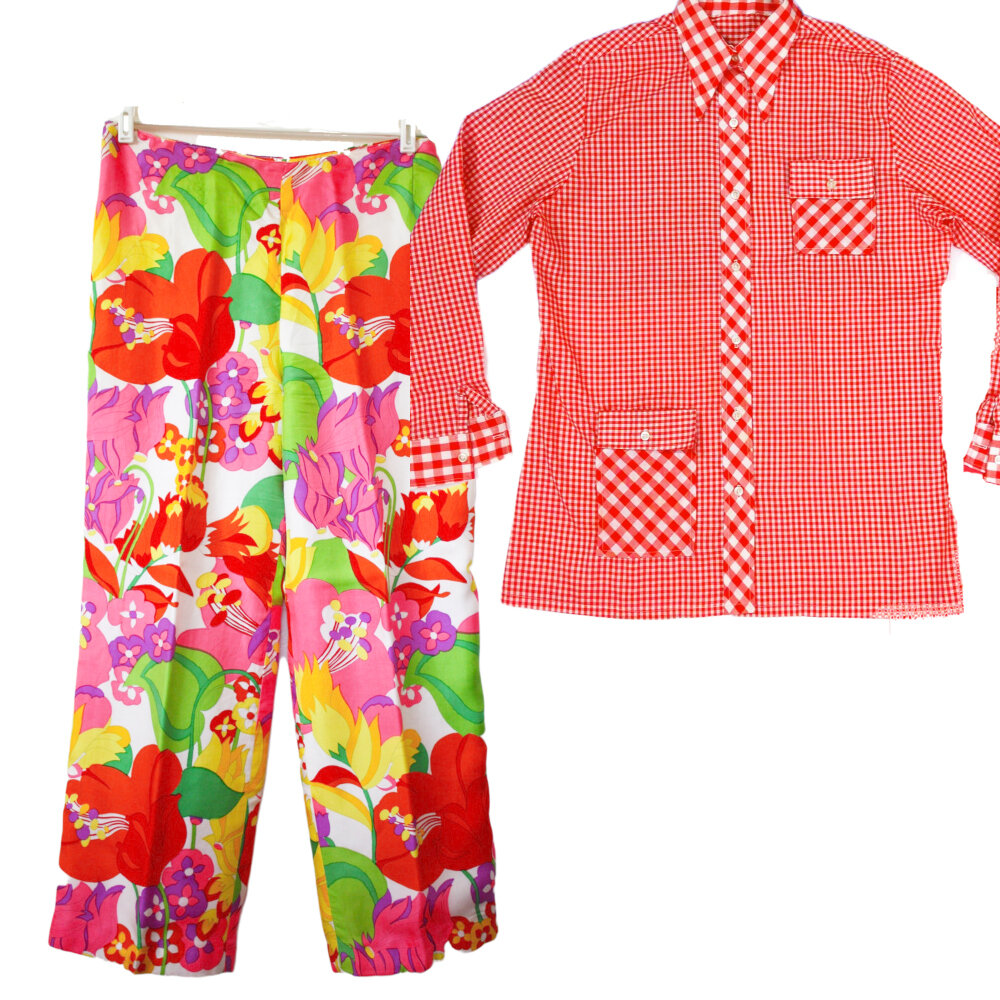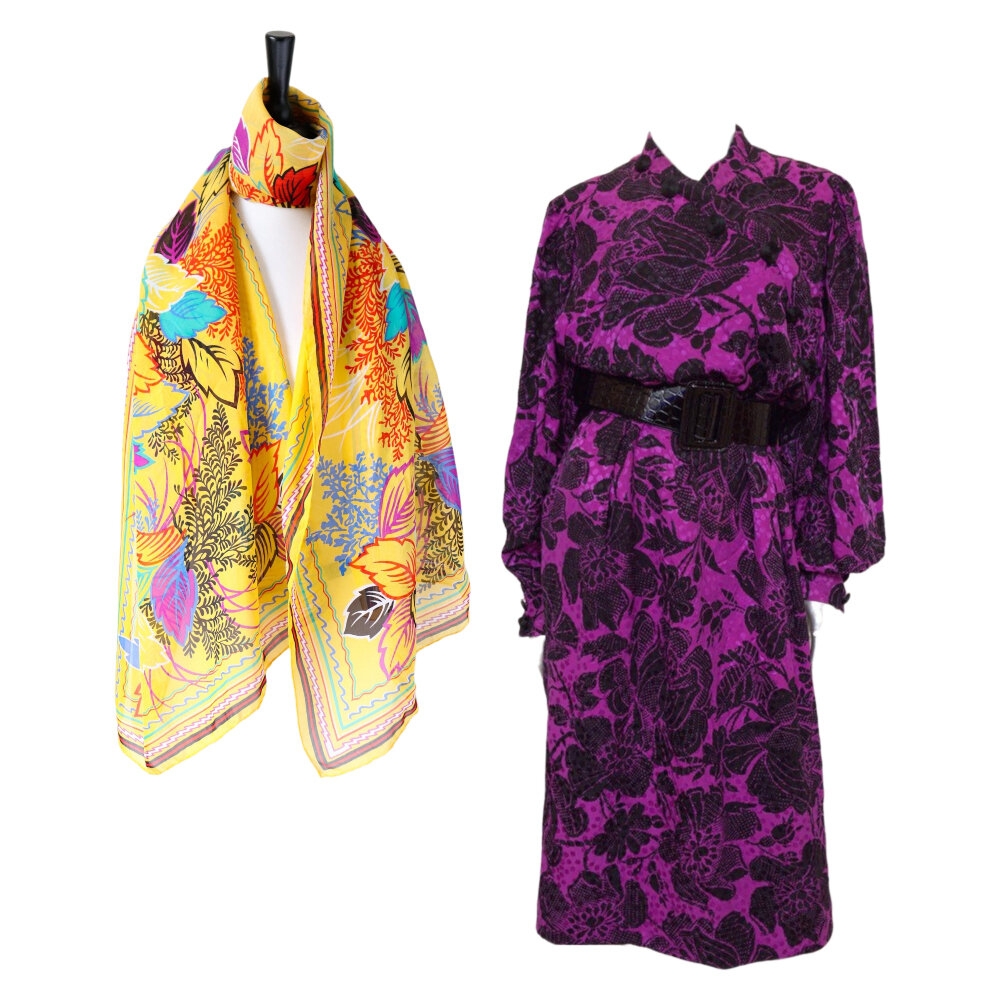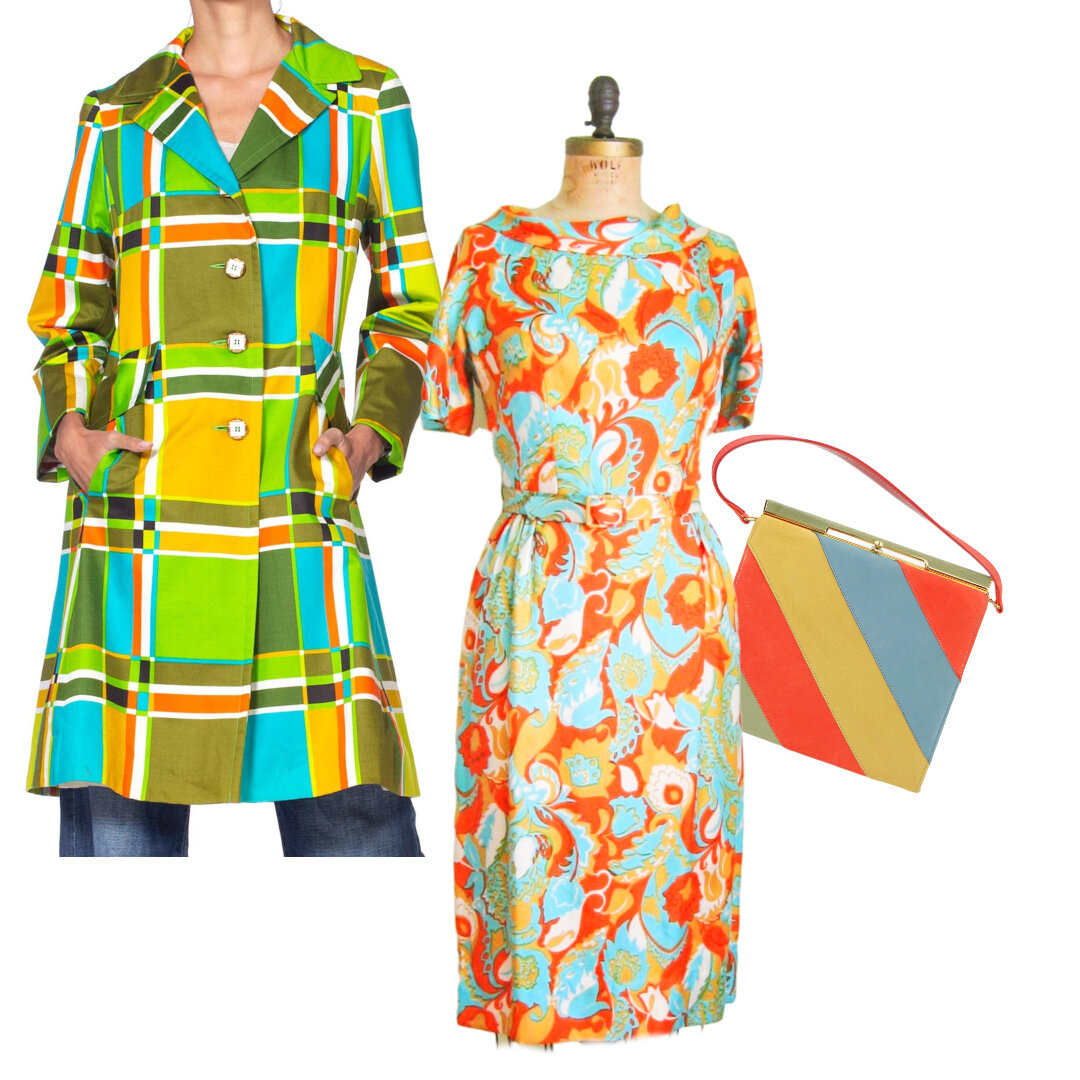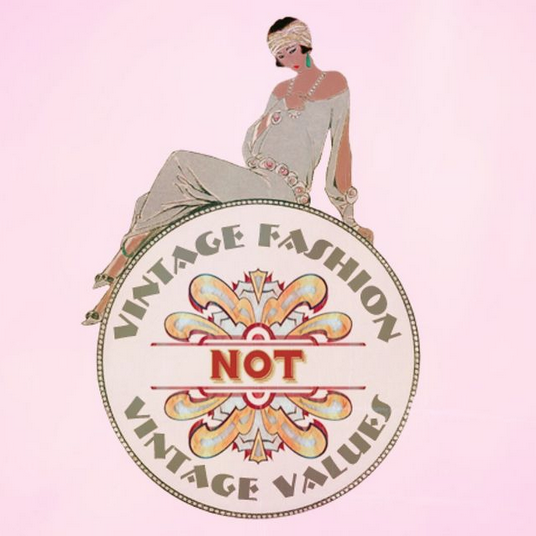I was recently asked the question “what makes a good purchase for someone interested in selling vintage?” and the bigger question “what does it take to be a vintage fashion seller?”
Before I can answer, I need to ask the questioner: Are you interested in this as a hobbyist, or are you interested in having a business? There’s nothing wrong with either.
Only a tiny percentage of vintage fashion sellers get anywhere close to rich, so it is very important to have big dreams but realistic expectations. You may have heard that there is a huge and growing market for vintage clothing. That’s true, but there is also a huge and growing number of people selling it. I believe you need to have a passion for vintage fashion, however if you want to make it a successful business (not just a hobby or labor of love) you have to go further.
Vintage clothing is a wonderful thing, and if you want to work to provide it for others, I applaud you. Of course I feel that way because that is what I do—and I love what I do. It requires a lot of hard work, patience, knowledge, resources (time, money and information), creativity and passion. I figure you wouldn’t be reading this if you didn’t have a fondness for the idea of your own vintage business, or at least a curiosity about it. Loving vintage fashion is the simple part.
Tips on what to buy for resale
There are markets for diverse vintage items, and the second thing I’d recommend, after truly appreciating what you are offering, is to learn everything you can about your chosen area of vintage. Get to know labels, history and fabrics (the Vintage Fashion Guild’s Label Resource, Fabric Resource, and Fashion Timeline are great for this). Next, see what others in your chosen area are doing. Look at their shops and interact with them on social media. See what interests their customers. Don’t be discouraged if a vintage dealer seems to be untouchably popular. Be inspired, then differentiate yourself. I once heard “better isn’t better, different is better.”
When choosing items to purchase, be aware of your brand and marketplace, but understand you have to start somewhere. If you are just beginning to work with vintage, find items you would like to wear yourself, in great condition.* Look the item over before buying: test zippers, check for lost buttons, look for holes, fading, stains, seams that are open and hems that have come out. Don’t forget to smell the item, too. If you have mending and cleaning skills, then decide if you can tackle any flaws and how much time and effort it would take. If you aren’t skilled at fixing and cleaning, and the item isn’t truly fabulous, I’d put it back on the rack. Saving vintage is noble but not very cost effective, so if you’re in love with a damaged item and want to make it your mission to salvage it, consider it a hobby/labor of love item.
Once you become more familiar with the marketplace, you can expand what you offer in your niche, finding things you see are selling for others, as well as what your customers seem to like the best. Runway trends, movies and shows sometimes drive interest in certain eras and styles, so it helps to keep up with popular culture.
*For those interested in selling vintage denim, workwear and t-shirts, there are some different criteria—well-worn condition could be preferable.
It is a good business practice to purchase at a price that makes sense for resale. However, there are as many formulas for pricing as there are vintage sellers, some very specific, and some almost random. Here is an excerpt from a previous blog about how vintage fashion is priced.
What influences how vintage fashion is priced
✔️ Location. In some areas, there may be relatively more or less vintage available, and at more or less high prices. Just to sustain the business may take more income in some areas than others.
✔️ Scarcity. Vintage clothing and accessories that pre-date the 1980s are hard to find in many areas, and the older, the scarcer. One of the most rare things of all the 20th century seems to be a beaded silk dress from the mid 1920s in excellent condition. The amount of activity (think dancing the Charleston) that some of these dresses endured in their Roaring 20s heyday took a toll, and the combination of the delicate fabric and heavy decoration has made these dresses extremely ephemeral. With the popularity of 1920s styles over the past few years, many seek these dresses and are truly amazed at the prices—but what’s really amazing is that there is an authentic beaded silk dress from the 1920s left to sell!
Some other scarcity issues involve sizes (such as larger shoe and dress sizes) and types of items (generally trousers are more worn out and disposed of than skirts, menswear more than womenswear, swimsuits can take a beating, as can shoes...).
✔️ Condition. A 1950s dress can cost $49, $98 or $300 even in the same shop, with the $49 dress being pretty but flawed, the $98 a simple dress in excellent condition and the $300 dress pristine and with a good label and great design. Condition means so much in valuing vintage because it really affects the wearability, life expectancy of the garment, and acceptability for various occasions. Would you want to attend your friend’s wedding in a dress with an obvious and unremovable stain on the front? No, but you might wear the dress to a swing dance.
✔️ Quality. There is a reason vintage haute couture is haute priced: It is the work of a great designer, skillfully and beautifully crafted with techniques that are becoming rarer and rarer. The materials will match the workmanship and the overall impression will be, most likely, breathtaking.
Unlabeled items can also be of outstanding quality, and a good seller will take the trouble to explain the elements of an item’s quality. It is important to know that certain designers, labels, styles, eras, fabrics, and embellishments can justifiably command high prices. Even color influences price. Would you pay more for an aqua blue dress or a similar dress in brown?
✔️ The seller. If a seller has a great reputation, with excellent references and knowledge, he or she can charge more for an item. Some excellent sellers don’t charge at the top of the spectrum, but many do. They also will stand by their sales, something that is not easy to do with vintage, each item being unique. If you enjoy the offerings of particular sellers, and you know you can trust those sellers, their finds will probably be worth more to you.
✔️ The selling venue. Are you walking into a posh Manhattan vintage shop or an antique mall in a small town? Which do you think will need to charge more for that vintage handbag? Right.
✔️ Provenance. If Marilyn Monroe wore an item (such as the dress she wore singing Happy Birthday Mr. President, which sold at auction in 2016 for $4.8m), it is worth many times more than its weight in gold. Even if there is not a famous person tied to the vintage fashion item, a sweet or interesting story can push the value of the piece.
✔️ Going rates. Experienced vintage fashion sellers usually research before they price an item, working to find the right price for what they consider to be their place in the market, seeing how other sellers have priced. As I said before, shows and movies will drive interest in a style and the going rate will go up accordingly.
✔️ Work on the item. Some vintage items are ready to go as found, but usually they need washing or dry cleaning, often a bit of mending. In some cases, a large amount of work goes into preparing a vintage garment or accessory for use. Some items are definitely worth the time, like one of those rare 1920s beaded silk dresses—if they are damaged but reparable, the repairs are often worthwhile for bringing such a beautiful piece of history back to life. Of course, excellent work takes knowledge, skill and time.
✔️ Desirability. This is a catch-all that overlaps the quality, scarcity, selling venue, seller—everything. Sometimes there is a certain je ne sais quoi about how the item is presented that makes it—and the seller—hot stuff. The same item may be almost worthless in other hands.
When I started my online vintage clothing business in 1999, inspired by the 1970s and 80s brick-and-mortar vintage shops that I had frequented. I was new to the internet in the late 90s and as I became somewhat known in the world of vintage on this platform, I had requests for tips on selling and on running a vintage fashion business. The people asking were usually not casual here-and-there sellers, but people striving to earn at least a partial living at it. There weren’t so many of us then.
26 pieces of advice for a beginning vintage fashion seller
